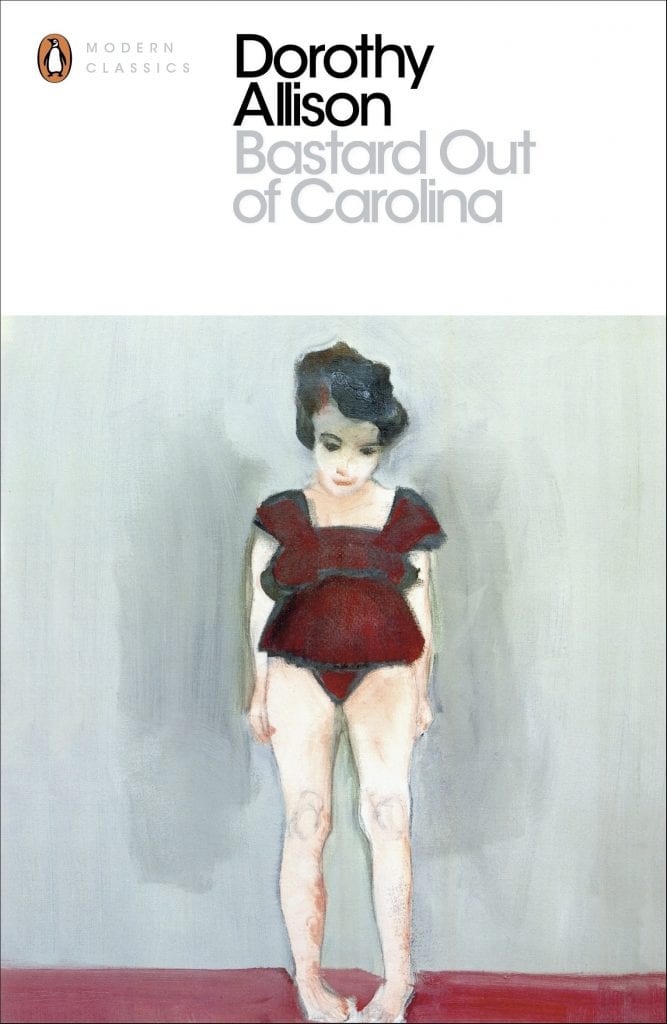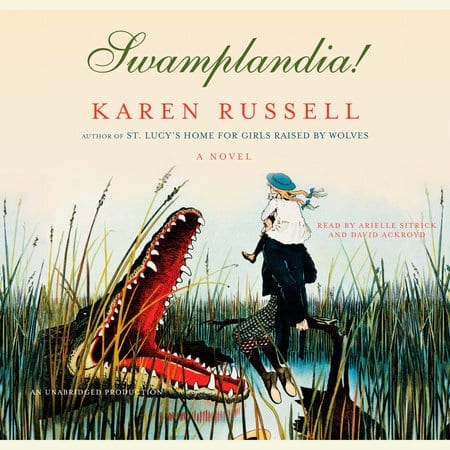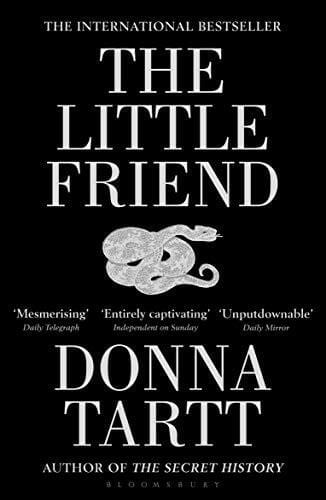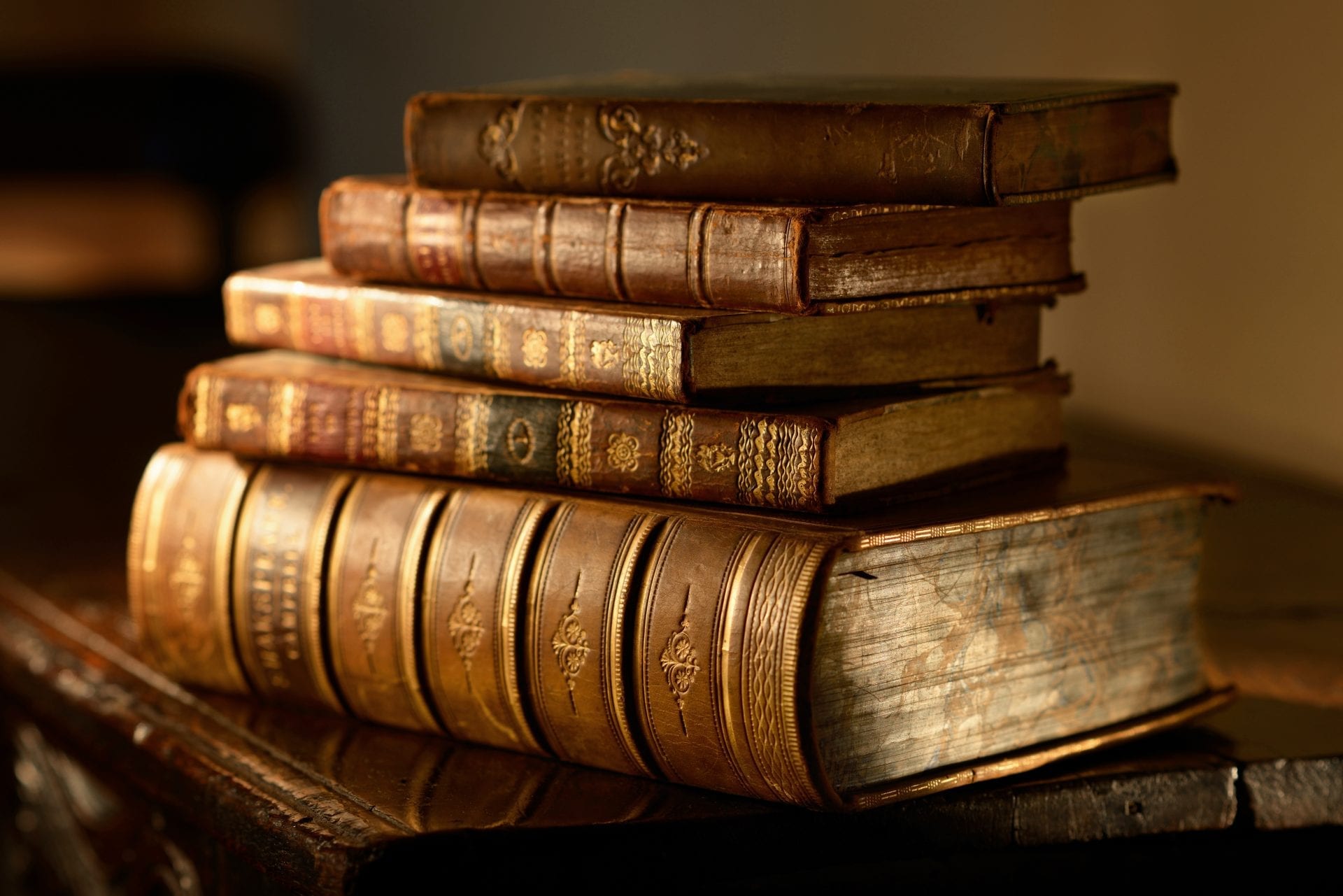How Southern Gothic Literature Came to Be
The British Moors. This once tumbling, sprawling place– a place in Yorkshire I have never been to– will always conjure up the idea of Gothic literature and the hazy grey vale I imagine the Brontë sisters were confronted with in Haworth when they wrote such seminal pieces as Jane Eyre and The Tenant of Wildfell Hall. As children, the Brontë sisters created and penned the wildly vivid and intensely detailed fantasy world of Angria to leave Haworth, and ironically, their dreams about escape existed in an intermediary realm between the supernatural and reality that is a good analogy for Gothic literature as a whole. Their work is the beginning of a genre that gives rise to Southern Gothic Literature.
The Mother of American Classics
Angria developed its laws, communities and protagonists that were existent outside of English society, which is exactly what Gothic writing accomplished while revealing the most earthly and taboo desires of the British. That same tradition was repurposed to the United States by 19th-century writers like Edgar Allen Poe and Nathaniel Hawthorne.
Widely popular and grotesque Gothic fiction reached the heart of America and gave birth to a new modern subgenre: Southern Gothic. If the poster child for early Gothic literature was the fashionable, lascivious and classically educated Lord Byron, then Southern Gothic writing was the distant and howling bastard child from the calcareous backlands of America.
The Southern Gothic Torchbearers
In the deep South, Gothic literature took on an uncanny and lively form of its own with odd, misunderstood characters that challenged the occidental and bucolic ideal that had taken root. Southern Gothic literature revealed the racial divide, oppression, loneliness, poverty and violence of the times.
The names readers generally think of when seeking out Southern Gothic fiction usually begin with Flannery O’Conner, William Faulkner, Truman Capote, Harper Lee, Cormac McCarthy, or Tennessee Williams.
What all of these great writers share, aside from their astounding contributions to the literary canon, is their frank whiteness– and the fact that they barely scratch the surface of the genre. These writers, while serving as a solid starting point for readers of Gothic literature, are merely torchbearers for a subgenre that is much larger in scope and style.
The Southern Gothic Influence
Southern Gothic stories are at once metaphysically impalpable and real, showcasing the horrific stuff of daily life through the weird, the sublime and phantasmagoria. It certainly feels to me– as an ardent reader of Gothic fiction– that Southern Gothic’s influence is pervasive in American culture without many people realizing the extent of its influence.
Southern Gothic’s relevance to a specifically American audience opens up the genre in ways unimaginable to its forebearers– the Brontë sisters certainly could not have conceived of Gloria Naylor’s stunning 1985 novel Linden Hill, a book that is shaped like an inverted pyramid to mirror Dante’s circles of Hell, and takes place in the American suburbs.
Black Southern Gothic Authors
The trademark characteristics of Southern Gothic fiction make it adaptive specifically to American history and life in America.
The black literary community has been an especially prominent and formative contributor to Southern Gothic fiction, it’s allegorical relevance metamorphizing with the times. Black authors have dominated the genre across the twentieth century and using elements of horror and surrealism to describe the black experience as it was and is.
Southern Gothic writers like Alice Walker and Toni Morrison, who have both received a Pulitzer Prize, have reached the status of gods as two of the most famous black writers in America.
Their novels deal with consistent topics like plantation manors, women and the black experience through the Southern Gothic tradition. Their works are read in classrooms across the country.
But the reach of Southern Gothic literature bleeds into the arts more widely:
Movies like Benh Zeitlin’s Beasts of the Southern Wild (2012) and Antebellum (2020), starring Janelle Monáe, bring Southern Gothic tales to the big screen. Contemporary artists such as Kerry James Marshall intone the Southern Gothic through unflinching portraits of black life or funnel elements of the Gothic into other mainstream channels like popular music videos, which Childish Gambino successfully did for “This is America.”
An American Genre with Historic Roots
To this day, many serious readers consider Gothic novels a desirable appurtenance and necessary addition to their personal libraries. Here are some of the best examples that Southern Gothic Literature have to offer, with selections that are classic and recent.
Bastard Out of Carolina by Dorothy Allison

In this semi-autobiographic novel, the Boatwrights of nineteen-fifties Greenville, South Carolina, are suffocating under the hot stinking breath of the American Dream. Narrated by Ruth Anne “Bone” Boatwright, the title speaks to the ugly and classist slur “white trash” and explores the depth of mother-child bonds.
Bone’s relationships with her mother and others are constricted by this derogatory slur to the point where it becomes an atmospheric driving force throughout Bone’s young life and even an entity in its own right. For her debut novel, she was a finalist for the National Book Award, and she is a recipient of the Lambda Literary Award for Lesbian Fiction.
Their Eyes Were Watching God by Zora Neale Hurston

Probably Zora Neale Hurston’s most beloved book and a staple of the Harlem Renaissance, Their Eyes Were Watching God is set in south and central Florida in the early twentieth century.
Janie Crawford, a black woman in her forties, recounts the events of her life through her joys, sorrows, and eventually, a sense of peace. Alice Walker said of it, “There is no book more important to me than this one.”

Set on an island alligator theme park somewhere in the swamplands of Florida, Swamplandia! chronicles the hardships and adolescence of the Bigtree siblings as they struggle to keep their family values alive in an unforgiving and changing community.
There is something so loving and maternal in the way Russell writes about Ava Bigtree, the heroine of Swamplandia!, as she grapples with ghost boyfriends, old voodoo magic, and a runaway big brother named Kiwi.
The Little Friend by Donna Tartt

In this hallucinogenic and chilling second novel from Donna Tartt, a young girl from Alexandria, Mississippi, sets out to uncover the murderer behind the death of her brother twelve years prior.
Tartt sets up the expectation that the novel will be a mystery, but the surprising twists trade the novel’s original setup for more rewarding and acute observations on life and death.
Written By Jean Li Spencer
This article first appeared on December 22, 2020

